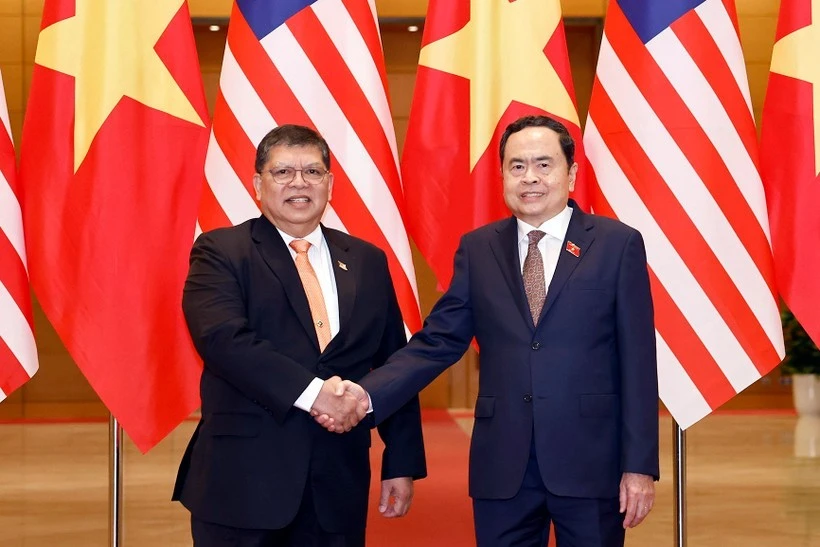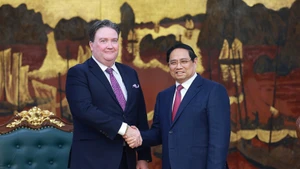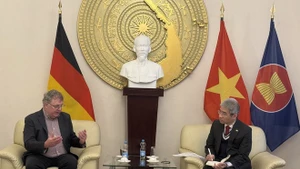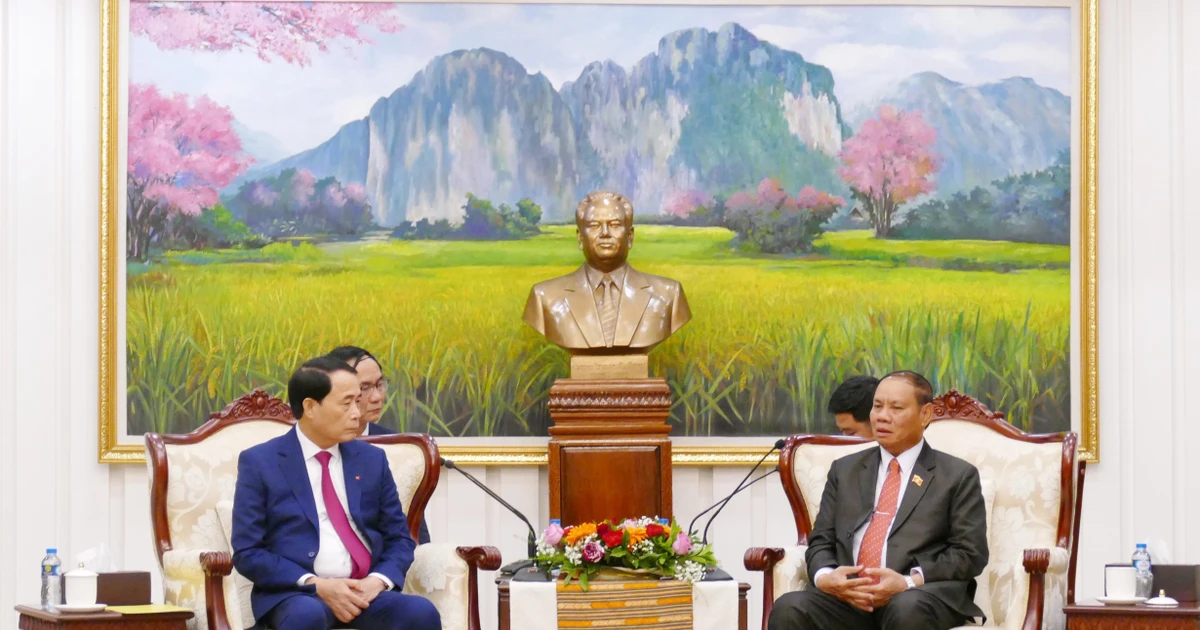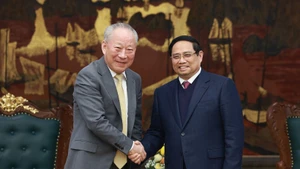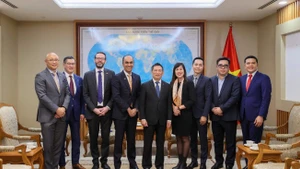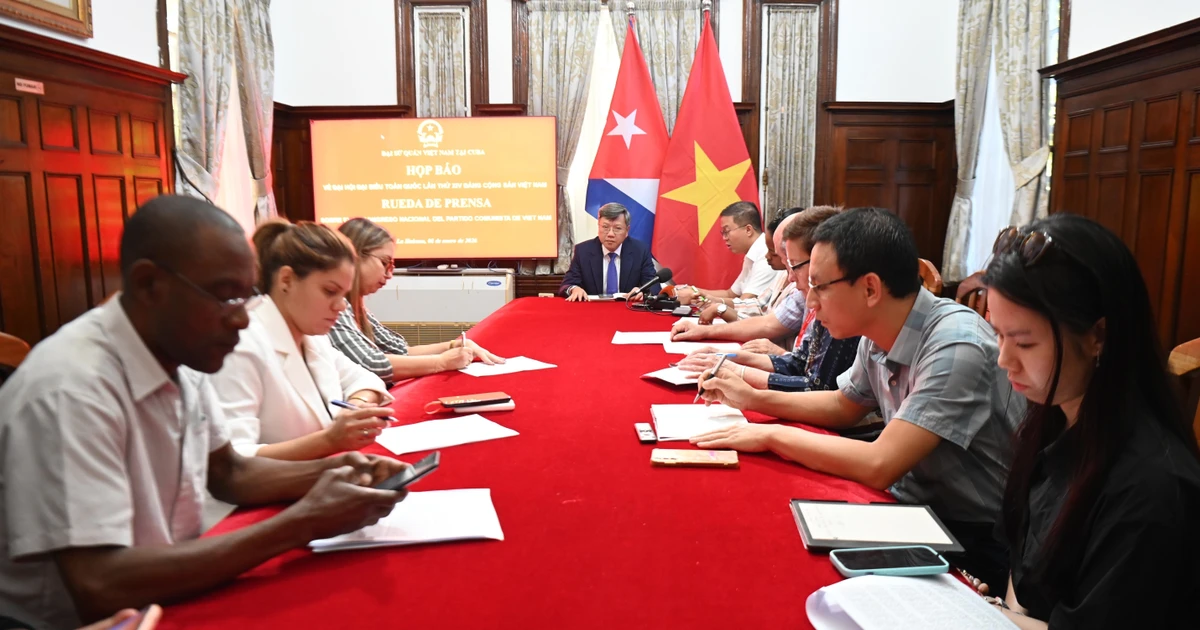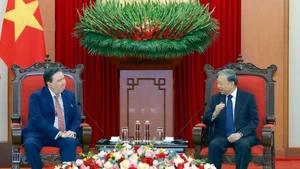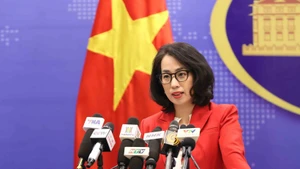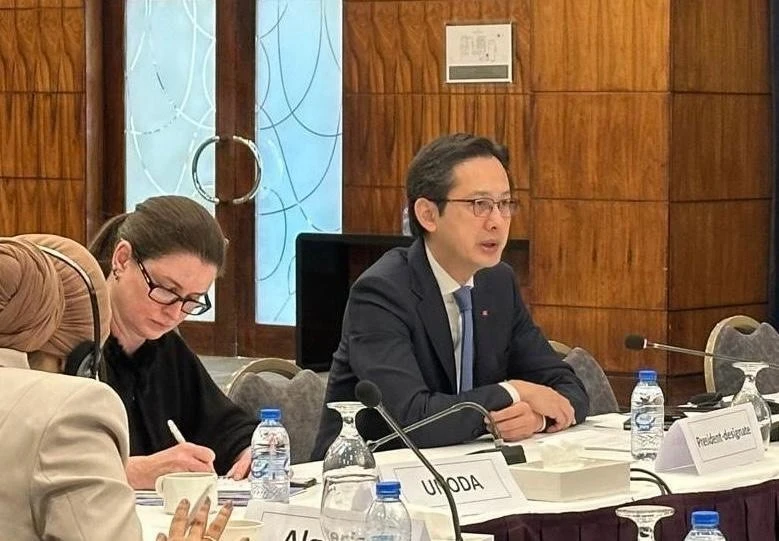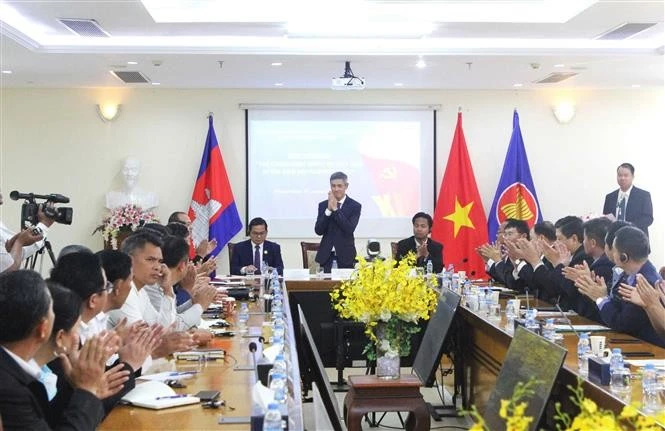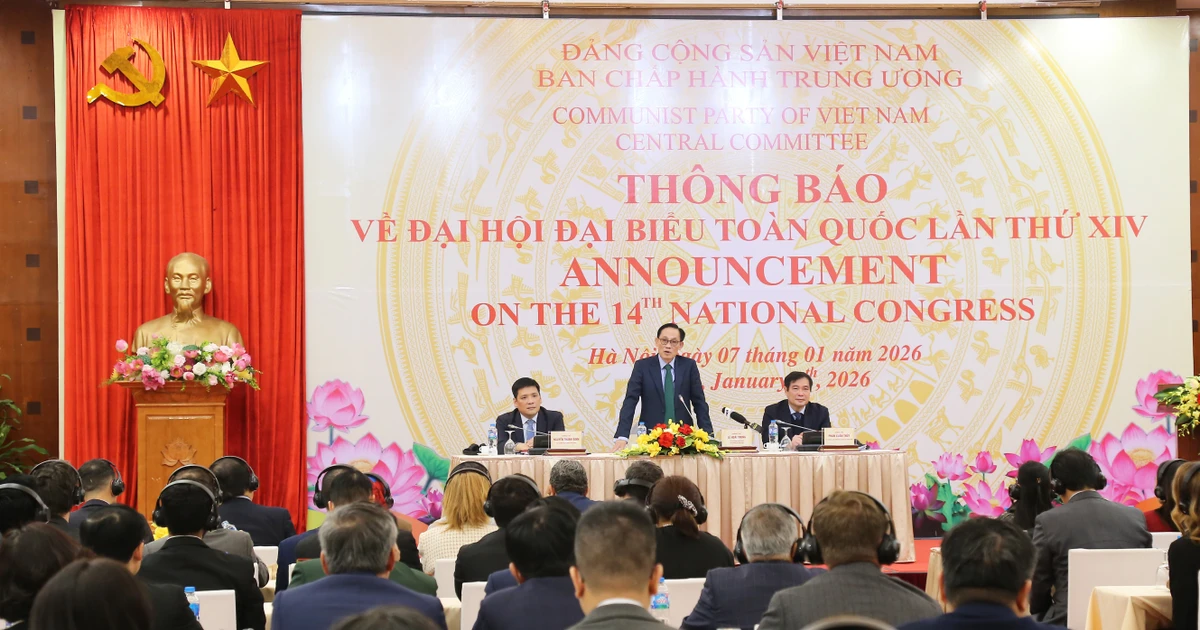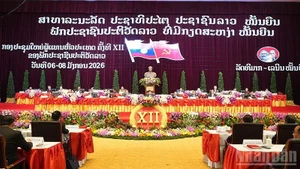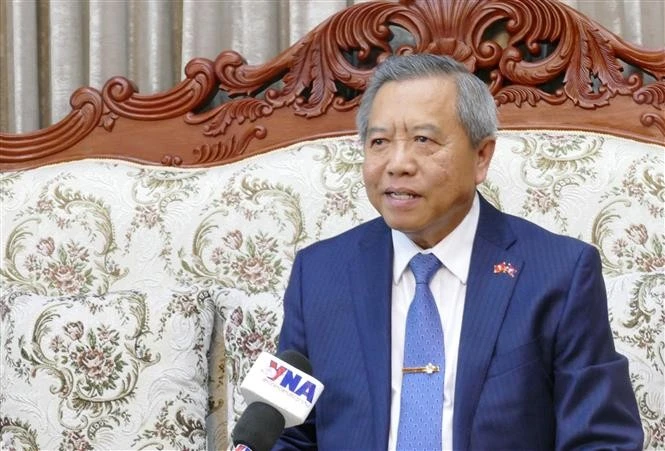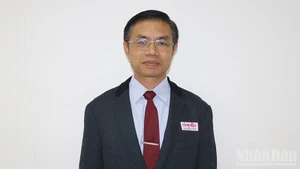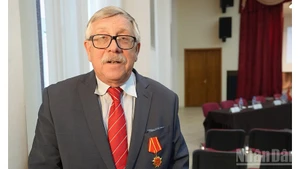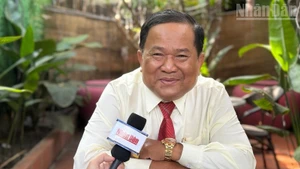Comprehensive Strategic Partnership gains traction
Viet Nam and Malaysia set up diplomatic relations on March 30, 1973. They have built a robust relationship over more than five decades, with ties deepening since becoming Strategic Partners in 2015. The upgrade to a Comprehensive Strategic Partnership last year reflects heightened political trust, stronger economic and investment links, and vibrant people-to-people exchanges.
High-level engagements have been frequent, supported by mechanisms like the Joint Committee on Economic, Scientific and Technical Cooperation, the Joint Trade Committee, the Joint Science and Technology Cooperation Committee, and the Defence Cooperation Committee.
They are also working closely at global and regional forums like the Association of Southeast Asian Nations (ASEAN), the United Nations (UN) and Asia-Pacific Economic Cooperation (APEC). Viet Nam has pledged support for Malaysia’s 2025 ASEAN chairmanship and the ASEAN Community Vision 2045.
Economic, trade ties form core pillar
Economic and trade cooperation remains a highlight. Malaysia is Viet Nam’s third largest trade partner in ASEAN and ninth worldwide. Two-way trade rose from 12.5 billion USD in 2021 to 14.2 billion USD in 2024. The figure hit 10.66 billion USD in the first eight months of 2025. Both sides target 18 billion USD this year.
Viet Nam exports phones, components, crude oil, rice, and coffee to Malaysia, while importing computers, electronics, machinery, fuel, household appliances, and chemicals.
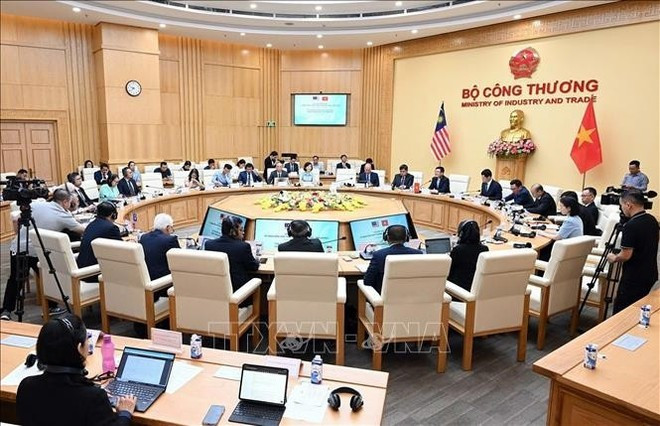
Vietnamese Ambassador to Malaysia Dinh Ngoc Linh highlighted complementary strengths, noting potential in emerging sectors like the Halal industry, green economy, innovation, sci-tech, digital transformation, and green energy.
As members of ASEAN, the Regional Comprehensive Economic Partnership (RCEP), and the Comprehensive and Progressive Agreement for Trans-Pacific Partnership (CPTPP), both nations leverage these frameworks to bolster economic ties.
Malaysia, the 10th largest foreign investor in Viet Nam among 143 countries and territories, has 731 active projects worth 13 billion USD in education, manufacturing, power, gas, water, and processing. Malaysian Ambassador to Viet Nam Dato’ Tan Yang Thai pointed to Viet Nam’s appeal for investors, with Hai Phong, Da Nang, and Ho Chi Minh City emerging as favoured destinations.
Defence and security ties are gaining momentum, with active delegation exchanges, training, and information sharing on counter-terrorism, cybercrime, and transnational crime, underpinned by a 2015 agreement. This partnership safeguards national interests and supports regional peace and stability.
Bilateral cooperation in labour, culture, education, tourism, and people-to-people exchanges is flourishing. Joint training programmes focus on sci-tech, economics, and education management.
A 2001 visa-waiver agreement for ordinary passport holders, coupled with enhanced air connectivity, has fueled tourism. In 2024, Malaysia hosted over 300,000 Vietnamese visitors, while nearly 500,000 Malaysians traveled to Viet Nam.
Effective parliamentary links deepen
The Vietnamese NA and the Malaysian Parliament are deepening ties bilaterally and through forums like AIPA, the Inter-Parliamentary Union (IPU), and the Asia-Pacific Parliamentary Forum (APPF).
Recent exchanges and meetings reaffirmed their intent to intensify legislative cooperation, increase delegation exchanges, and formalise a cooperation agreement between the two legislatures. They also pledged mutual support on global and regional issues at multilateral inter-parliamentary forums of which they are members.
NA Chairman Man’s official visit to Malaysia and attendance at AIPA-46 highlight Viet Nam’s consistent foreign policy priority of valuing friendly neighborliness and comprehensive strategic partnership with Malaysia. The trip reflects the trust and closeness among high-ranking leaders, takes stock of bilateral and inter-parliamentary achievements, while outlining concrete steps for more effective future coordination.
